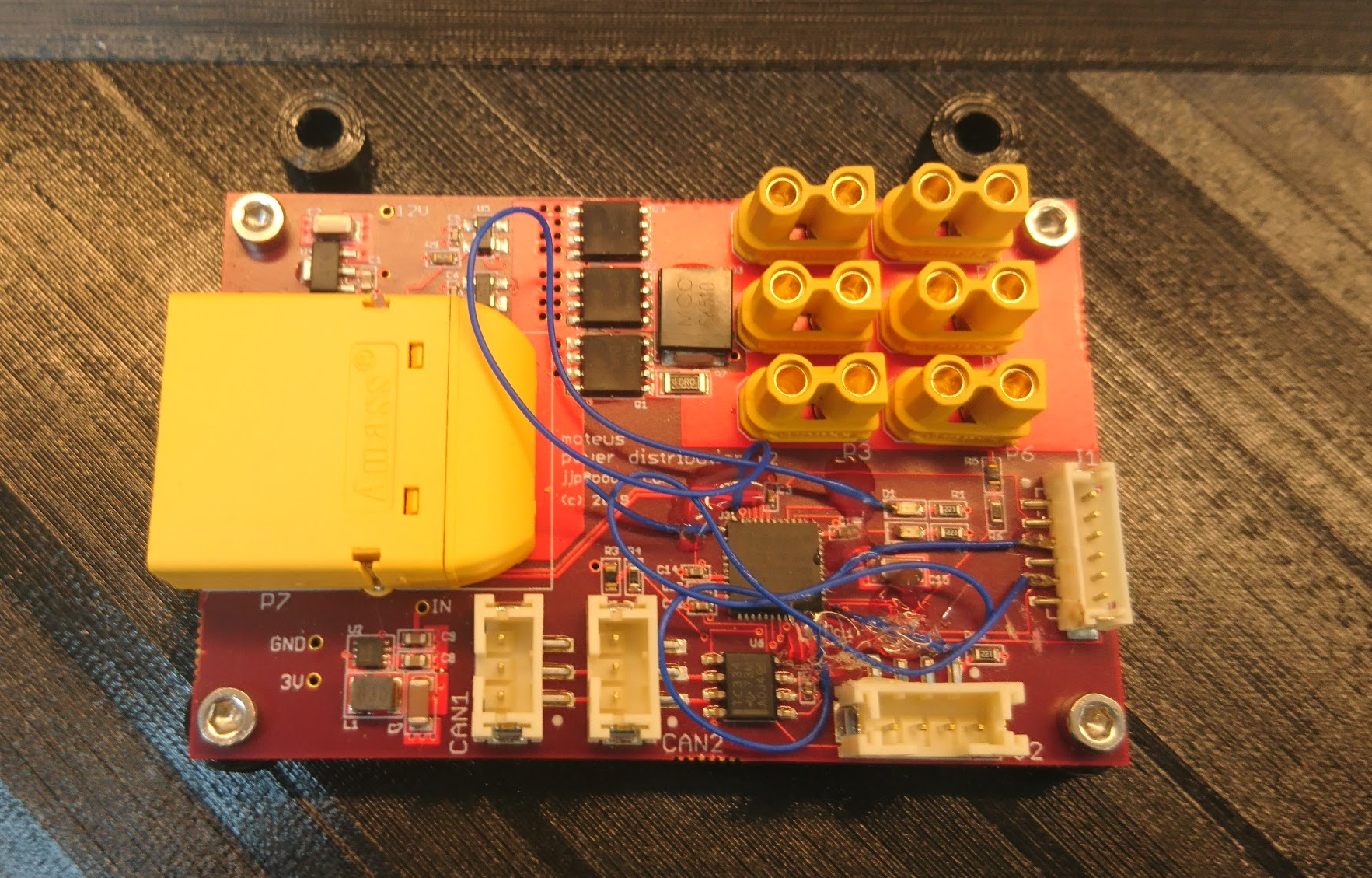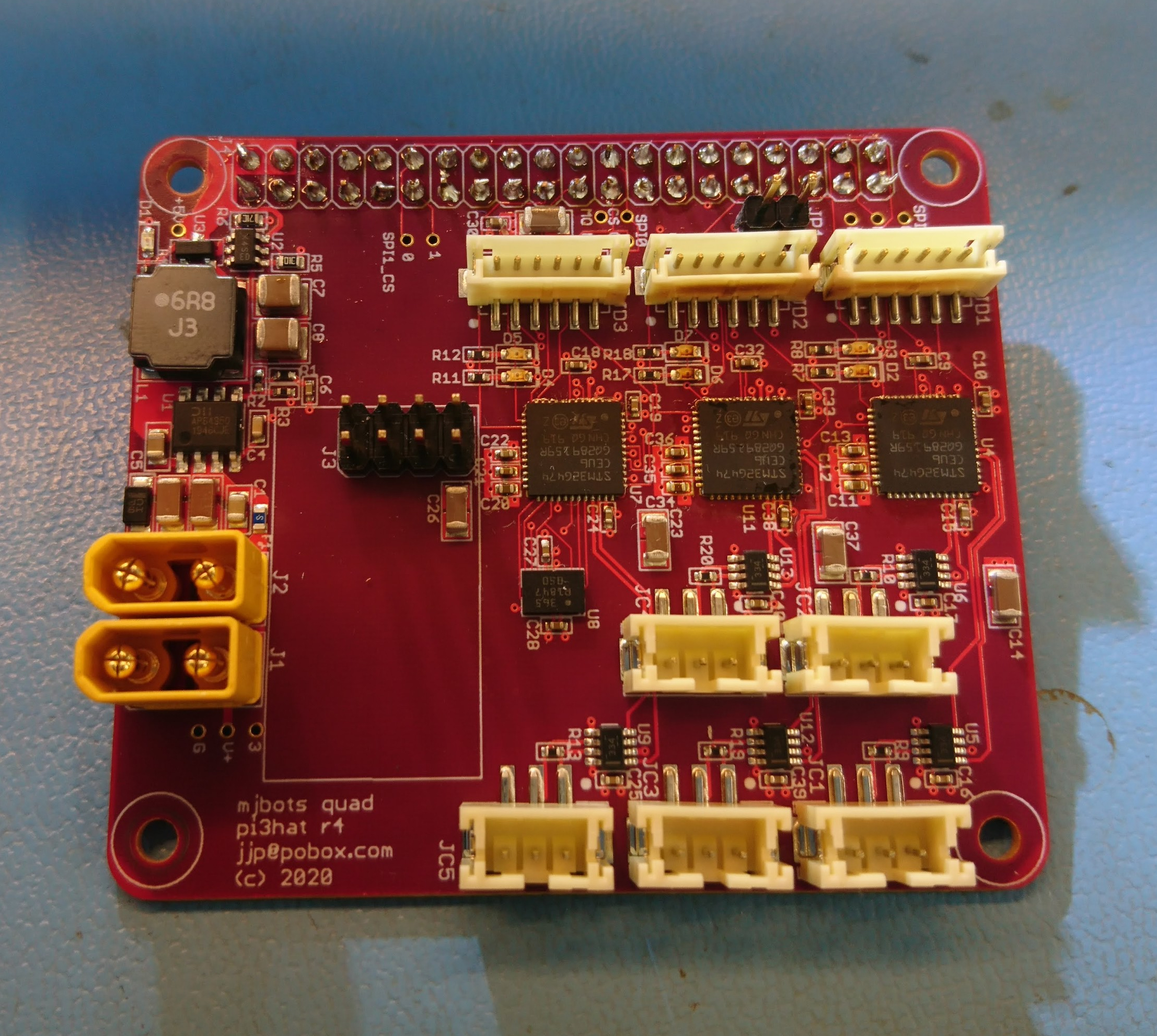STM32G4 ADC performance part 2
Back last year, I walked through bisecting and debugging an annoying problem that caused the STM32G4 ADC on the moteus controller to exhibit higher than expected noise in result largely to either the exact placement in flash of the initialization code, or to the exact timing of the initialization. While the immediate glaring sharp edge was removed, the resulting performance still was confusing to me, and looked like it was not yet optimal. Further, a moderate percentage (2% or so), of production boards failed end-of-line tests related to the current sense noise in ways that were hard to fix by swapping components. Because of this, I wanted to dive in and investigate further. This is that process.


